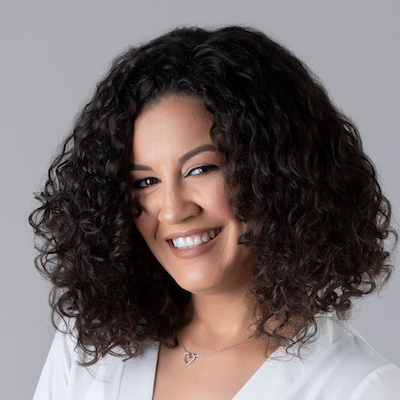Data’s not enough: It’s time to meet with your community
In last year’s prediction, I wrote that the main lesson we could learn from the resurgence of journalism during the pandemic is that people need journalism as long as it proves relevant to their everyday lives.
That is precisely why we should ask our audience what they need from us.
Let’s be honest: We all knew that the effect of a Covid bump on news interest could not last too long. Despite an increase in news consumption at the beginning of the pandemic in some badly affected countries, overall, news interest across countries didn’t rise.
Over the past two years, many publishers have built new products to meet a Covid-fueled need for journalism. Liveblogs, newsletters, podcasts, or videos about Covid-19 proved to be easy wins for a while. But even if the pandemic is not over yet, the Covid bump has already shown its limits, while the underlying problems journalism was facing before the outbreak are still there: lack of relevance, trust, and representation, just to name a few of them.
The global decline in news interest over the past five years is a stark reminder that media companies are failing to meet the needs of their audiences and consequently failing to build successful business models.
Unless we want to wait for the next big story to gain some subscribers or boost engagement on our website, we must turn our attention toward what audiences value as relevant for their daily lives.
It’s not just a matter of which stories we cover. It’s a matter of relevance: People have needs, which of them do we meet? It’s a matter of if and how we are helping people with jobs to be done, to quote former Harvard Business School professor Clayton M. Christensen’s theory of disruptive innovation.
When we think of audience needs and behaviors, we tend to rely just on data analytics. But there’s only so much data can do to help us know our audiences — it’s a lot, don’t get me wrong, but it’s not everything. What’s worse, data can trick us into repeating the same patterns because they satisfy our current audience — instead of helping us build a larger or more deeply engaged one.
If data analytics is not enough, what better way to know our audience than to meet up with it?
We’ve tried to do something of the sort in the past year at Will Media, an Italian news startup where I work as editor-in-chief.
The first attempt was a small event at our office. We invited people from our community to join us for a Swap Party, during which everyone could bring their used clothes and take some in exchange. Since sustainability is one of the core topics of interest for our audience, we knew there was a good chance a fair number of people would show up. Apart from giving our community a chance to upcycle old clothes and reduce waste (all the remaining clothes were donated to local homeless charities), the event was an excellent opportunity for us to chat with some of the most engaged members of our community. We also set up a box for anonymous feedback and requests.
But after 18 months of rocketing growth driven by fact-based and data-driven journalism published on social and podcasting platforms, we wanted to reach out to more members of our community. They are mainly young people underserved by traditional media, they are scattered all over the country, and not all of them could join us for an event at our headquarters. It was on us to actually move.
So we launched Will Meets, a country-wide listening tour that touched urban and rural areas across all regions, North to South. We organized 20 community meetings and eight focus groups, meeting 1,500 people in real life over 40 days on the road. It was an unparalleled opportunity to build a better and more fruitful relationship with our audience. It showed people in our community that we care about their opinions, dreams, and expectations. As we move forward, it is also proving to be a unique asset in building our editorial strategy, since our community told us they wanted us to focus more on specific stories and issues we weren’t considering as much as they expected.
The global pandemic has been a real challenge for projects like this. That does not mean we should not take on that challenge. In fact, if we look at how poorly journalism has been considered by the public in the past decade, it is hard to think of a time when we needed to reconnect with our communities more than today.
I hope 2022 will be the year we commit to direct and in-person engagement with our communities. Let’s not wait for another global crisis to force us to take the next step towards a sustainable future for journalism.
Francesco Zaffarano is editor-in-chief of Will Media.
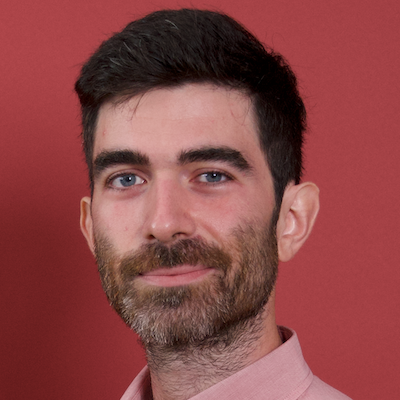
In last year’s prediction, I wrote that the main lesson we could learn from the resurgence of journalism during the pandemic is that people need journalism as long as it proves relevant to their everyday lives.
That is precisely why we should ask our audience what they need from us.
Let’s be honest: We all knew that the effect of a Covid bump on news interest could not last too long. Despite an increase in news consumption at the beginning of the pandemic in some badly affected countries, overall, news interest across countries didn’t rise.
Over the past two years, many publishers have built new products to meet a Covid-fueled need for journalism. Liveblogs, newsletters, podcasts, or videos about Covid-19 proved to be easy wins for a while. But even if the pandemic is not over yet, the Covid bump has already shown its limits, while the underlying problems journalism was facing before the outbreak are still there: lack of relevance, trust, and representation, just to name a few of them.
The global decline in news interest over the past five years is a stark reminder that media companies are failing to meet the needs of their audiences and consequently failing to build successful business models.
Unless we want to wait for the next big story to gain some subscribers or boost engagement on our website, we must turn our attention toward what audiences value as relevant for their daily lives.
It’s not just a matter of which stories we cover. It’s a matter of relevance: People have needs, which of them do we meet? It’s a matter of if and how we are helping people with jobs to be done, to quote former Harvard Business School professor Clayton M. Christensen’s theory of disruptive innovation.
When we think of audience needs and behaviors, we tend to rely just on data analytics. But there’s only so much data can do to help us know our audiences — it’s a lot, don’t get me wrong, but it’s not everything. What’s worse, data can trick us into repeating the same patterns because they satisfy our current audience — instead of helping us build a larger or more deeply engaged one.
If data analytics is not enough, what better way to know our audience than to meet up with it?
We’ve tried to do something of the sort in the past year at Will Media, an Italian news startup where I work as editor-in-chief.
The first attempt was a small event at our office. We invited people from our community to join us for a Swap Party, during which everyone could bring their used clothes and take some in exchange. Since sustainability is one of the core topics of interest for our audience, we knew there was a good chance a fair number of people would show up. Apart from giving our community a chance to upcycle old clothes and reduce waste (all the remaining clothes were donated to local homeless charities), the event was an excellent opportunity for us to chat with some of the most engaged members of our community. We also set up a box for anonymous feedback and requests.
But after 18 months of rocketing growth driven by fact-based and data-driven journalism published on social and podcasting platforms, we wanted to reach out to more members of our community. They are mainly young people underserved by traditional media, they are scattered all over the country, and not all of them could join us for an event at our headquarters. It was on us to actually move.
So we launched Will Meets, a country-wide listening tour that touched urban and rural areas across all regions, North to South. We organized 20 community meetings and eight focus groups, meeting 1,500 people in real life over 40 days on the road. It was an unparalleled opportunity to build a better and more fruitful relationship with our audience. It showed people in our community that we care about their opinions, dreams, and expectations. As we move forward, it is also proving to be a unique asset in building our editorial strategy, since our community told us they wanted us to focus more on specific stories and issues we weren’t considering as much as they expected.
The global pandemic has been a real challenge for projects like this. That does not mean we should not take on that challenge. In fact, if we look at how poorly journalism has been considered by the public in the past decade, it is hard to think of a time when we needed to reconnect with our communities more than today.
I hope 2022 will be the year we commit to direct and in-person engagement with our communities. Let’s not wait for another global crisis to force us to take the next step towards a sustainable future for journalism.
Francesco Zaffarano is editor-in-chief of Will Media.
Rachel Glickhouse

Errin Haines

Burt Herman

Gonzalo del Peon

Chase Davis

Shannon McGregor Carolyn Schmitt

Mike Rispoli

Paul Cheung

James Green

Matt DeRienzo
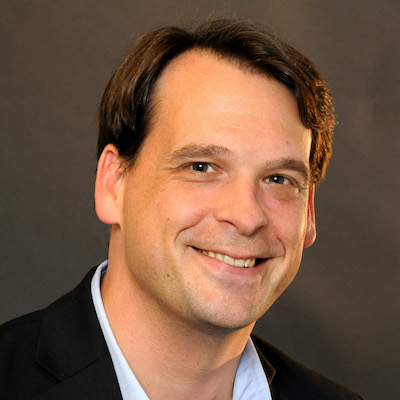
Amara Aguilar

Parker Molloy

Laxmi Parthasarathy

Wilson Liévano
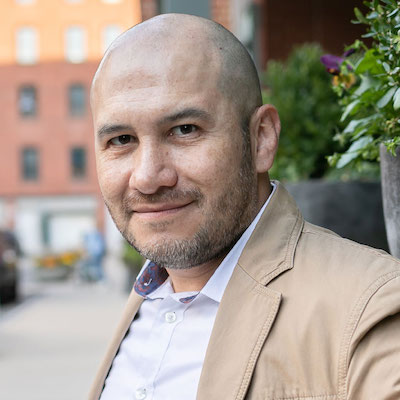
Cherian George
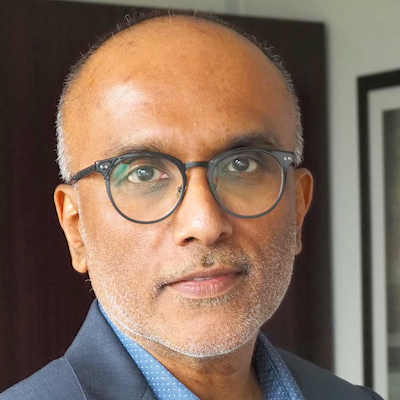
Tom Trewinnard

Julia Munslow

Simon Galperin

Whitney Phillips

Candace Amos
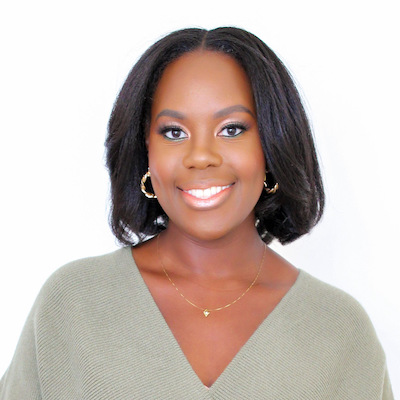
Matt Karolian

Izabella Kaminska
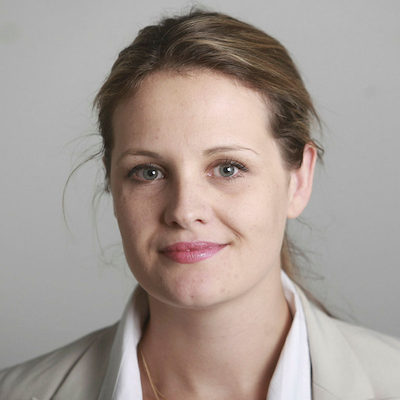
Sarah Stonbely

Richard Tofel

Sam Guzik

Jessica Clark

A.J. Bauer

Doris Truong

Jody Brannon

Catalina Albeanu

Andrew Freedman

Cindy Royal

Simon Allison

Cristina Tardáguila

Brian Moritz

John Davidow

Kathleen Searles Rebekah Trumble

Ståle Grut

Raney Aronson-Rath

Janelle Salanga

Alice Antheaume

Joe Amditis

Kristen Jeffers
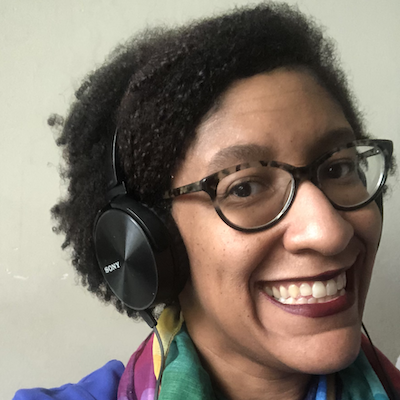
Joy Mayer

Millie Tran

Jennifer Brandel

Eric Nuzum

S. Mitra Kalita

Nikki Usher

Christina Shih

Matthew Pressman

Tony Baranowski

Jonas Kaiser

Robert Hernandez
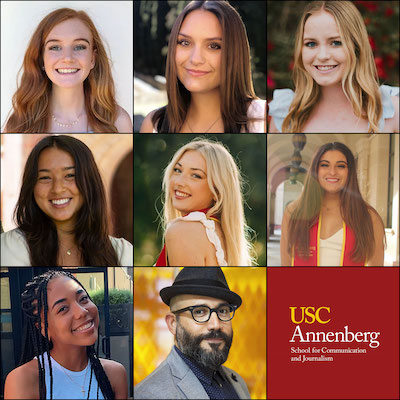
Juleyka Lantigua

Mandy Jenkins

Victor Pickard

Michael W. Wagner

j. Siguru Wahutu
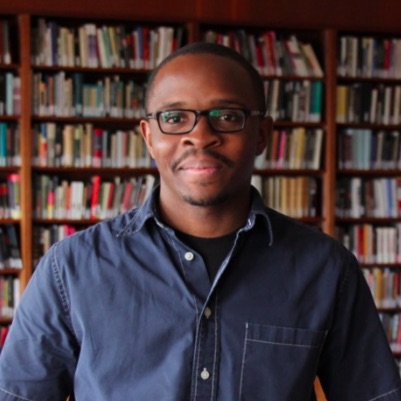
Kristen Muller

David Skok

Julia Angwin

Megan McCarthy

Joshua P. Darr

Mary Walter-Brown

Joni Deutsch

Zizi Papacharissi
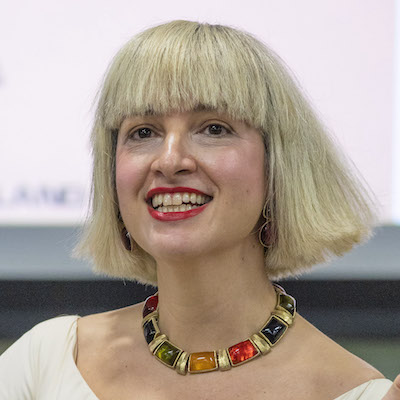
Kerri Hoffman
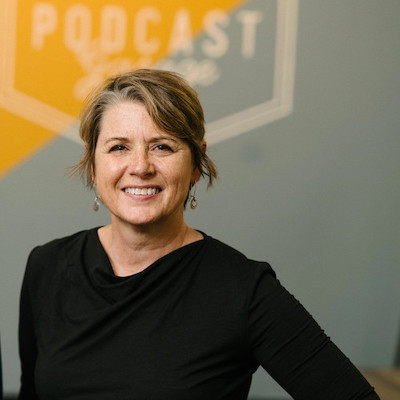
Anita Varma

Gordon Crovitz

David Cohn

Jennifer Coogan

Francesco Zaffarano

Mario García
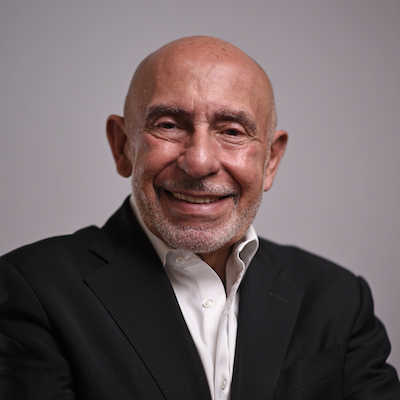
Melody Kramer

AX Mina

Natalia Viana

Chicas Poderosas

Jesse Holcomb

Larry Ryckman

Meena Thiruvengadam
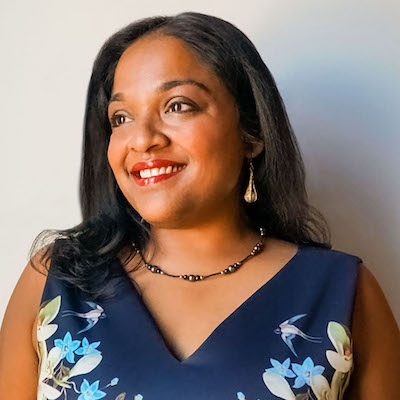
Jim Friedlich

Stephen Fowler

Stefanie Murray

Anika Anand

Don Day

Kendra Pierre-Louis

Sarah Marshall

Shalabh Upadhyay
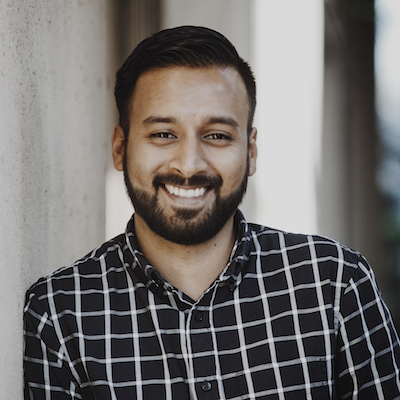
Amy Schmitz Weiss

Ariel Zirulnick

Christoph Mergerson
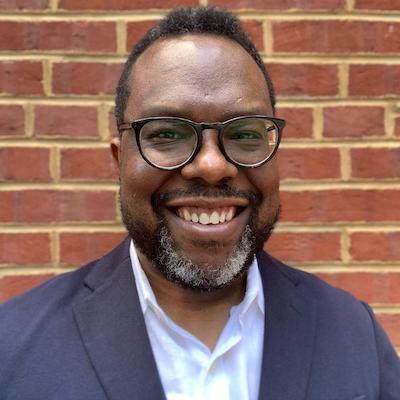
Rasmus Kleis Nielsen

Gabe Schneider

Moreno Cruz Osório

Joanne McNeil

Tamar Charney

Daniel Eilemberg

Anthony Nadler

Jesenia De Moya Correa
